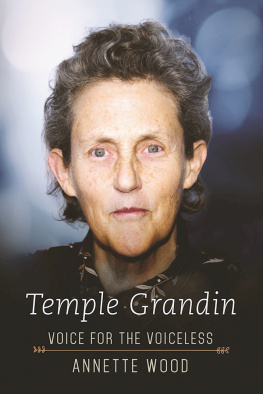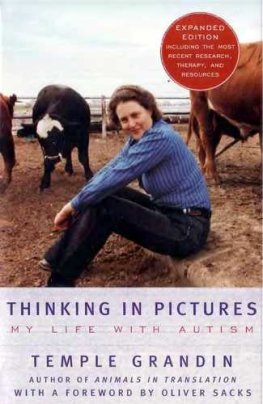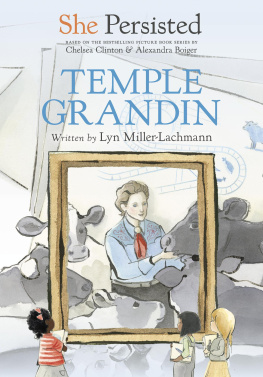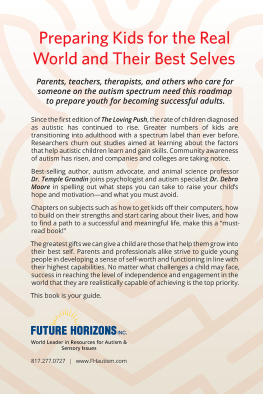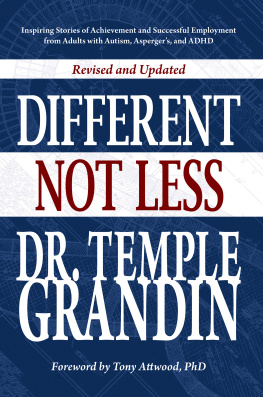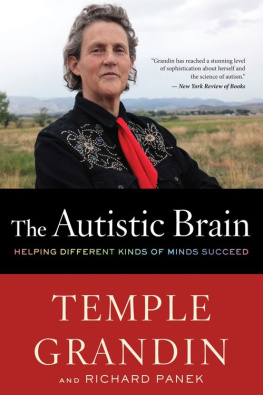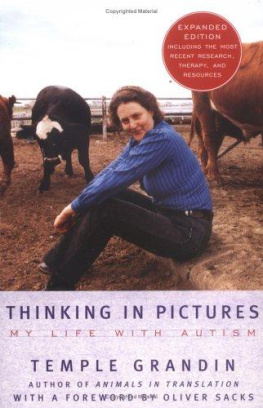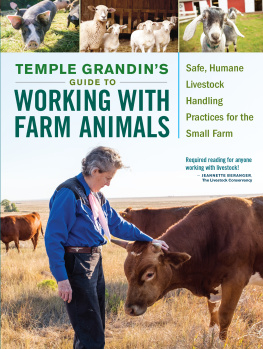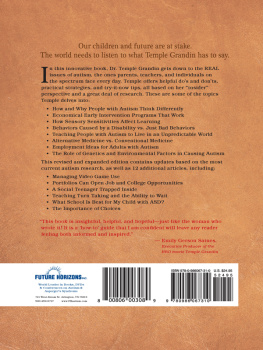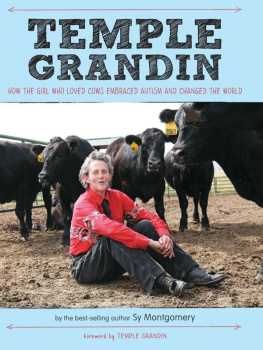Copyright 2016 by Annette Wood
All rights reserved. No part of this book may be reproduced in any manner without the express written consent of the publisher, except in the case of brief excerpts in critical reviews or articles. All inquiries should be addressed to Skyhorse Publishing, 307 West 36th Street, 11th Floor, New York, NY 10018.
Skyhorse Publishing books may be purchased in bulk at special discounts for sales promotion, corporate gifts, fund-raising, or educational purposes. Special editions can also be created to specifications. For details, contact the Special Sales Department, Skyhorse Publishing, 307 West 36th Street, 11th Floor, New York, NY 10018 or .
Skyhorse and Skyhorse Publishing are registered trademarks of Skyhorse Publishing, Inc., a Delaware corporation.
Visit our website at www.skyhorsepublishing.com.
10 9 8 7 6 5 4 3 2 1
Library of Congress Cataloging-in-Publication Data is available on file.
Cover design by Rain Saukas
Print ISBN: 978-1-5107-0660-6
Ebook ISBN: 978-1-5107-0662-0
Printed in the United States of America
To Robert and Evelyn Nunemaker, my parents
CONTENTS
PART I
TEMPLE
CHAPTER 1
TEMPLES BEGINNINGS
T emple Grandin flies all over the worldto countries as diverse as Germany, China, and Uruguay. Her awkward stride, Western outfits, and unforgettable voice make her easily recognizable. Shes renowned worldwide as a speaker, has written many bookstwo on the New York Times best-seller listand has educated a new generation. This woman, who had to be taught how to talk, has given voice to two formerly voiceless groups: animals and people with autism. For those with autism who can talk, Temple has added greatly to our understanding of the condition. Shes also contributed a great deal to our understanding of animals. Her insights into animal awareness are fascinating and groundbreaking.
Born with a disability severe enough that, had she been born into different circumstances, it would have required her to be institutionalized, Temple Grandin turned her disability into an asset. Her story is one of profound courage and determination.
Temple Grandin came from remarkable stock on both sides of her family.
Her paternal great-grandfather, John Livingston Grandin, made a fortune in oil, wheat, and the lumber business. His son, Temples paternal grandfather, was also named John Livingston Grandin. He married Isabel McCurdy and moved to Boston where they had three children: Isabella in 1908, Richard McCurdy in 1914, and John Livingston in 1918. The middle child, Richard (Dick) Grandin, was Temples father.
On her mothers side, Temples grandfather, John Coleman Purves, married Mary Temple Bradley. Their child and Temples mother, Anna Eustacia Purves, was born in September 1926. She was named after her maternal grandmother, yet was always called Eustacia.
Temples grandmother Mary always focused on being social while her husband John was a busy engineer and aviation expert. Though they loved each other, in many ways they were hopelessly mismatched.
During the 1930s, John and three other men invented an electrical coil that could sense direction through the earths magnetic north. The four men named it the flux valve. Later, the Army Air Corps called it the automatic pilot and flew their World War II planes by it. After World War II, it took us all the way to the moon, Eustacia later said. Documents concerning the invention are in the Smithsonian.
Both Grandfather Grandin and Grandfather Purves, though extremely intelligent, had social deficits. Little did they know how the genes of the four grandparents would collide in their granddaughter Temple.
In June 1944, Eustacia met Dick Grandin at the Boston Cotillion. It was Dick Grandins thirtieth birthday and Eustacia was seventeen, only twenty-four hours out of a girls boarding school. Isabella Grandin arranged for her brother Dick, an officer in the tank corps, to accompany Eustacia. Her father had refused to escort his daughter. Dick and Eustacia made an enchanting couple. The next morning their photo graced the society page.
Dick had graduated from Harvard, where he lived outside the dorms in a separate rented house with a manservant. One of his fellow clubmen was Johnny Roosevelt. Johnny invited them all to Sunday night supper at the White House where, Eustacia recalled, Mrs. Roosevelt scrambled eggs for them in a silver chafing dish brought in by the maid and lighted ceremoniously. After supper, Gershwin played them Rhapsody in Blue.
After Dick and Eustacia met came three days of telephone calls, flowers, and girlfriend envy. Dick then departed for duty overseas, where he announced by mail that he planned to marry Eustacia.
Dick fought in the Battle of the Bulge, a brutal, bloody battle. On December 16, 1944, in northern France the Germans, who by that time were losing the war, launched a desperate counterattack. Dick was a first lieutenant attached to a reconnaissance group. War calls for courage, resourcefulness, and total obedience. Dick had an abundance of the first two, but lacked the third.
The battle lasted three weeks. Of the 610,000 Americans involved in the battle, 89,000 were casualties, including 19,000 killed. It was the bloodiest battle fought by the United States in World War II. Dick had lived a privileged life until now. He was appalled at the death and destruction. He was convinced that the colonel above him was causing many of the casualties with his orders.
Dick chose to report the colonel to those in command, going over his commanders head to do so. The higher-ups warned him that if he made an official charge, the colonels record would be kept under wraps and Dick would be moved to a different tank unit. In addition, Dick would have to forfeit his advancement from first lieutenant to major.
Dick did it anyway and suffered the consequences. He did not become a major. Worse, he was separated from his old friends at a time when he could have used the support of established relationships. He told Eustacia, who concluded that he was very brave. Much later someone from Squadron A, of which Dick had been a part, told her, We always knew Sticky Dick was crazy.
Both families approved the engagement. Mary Purves, the socialite, was especially enthusiastic about her daughter making a good marriage. She found planning a wedding exhilarating. Dick and Eustacia were married in March 1946.
They had known each other less than two years. Dick had been away at war much of that time and had seen a lot of violence. He would have to make adjustments to civilian life. For as long as she had existed, Eustacia had been pampered. Since they had known each other such a short time, there must have been surprisesand difficultiesin living together. About eight months after their marriage, Eustacia became pregnant.
Eustacia was nineteen when Mary Temple, named after her maternal grandmother, was born on August 29, 1947. Her mother remembered her as a normal healthy newborn with big blue eyes, a mass of downy brown hair, and a dimple in her chin. One of the maids working for the Grandins at the time was named Mary, so to avoid confusion they called the baby Temple.
Eustacia, who only had one sister, had never held a baby or been around babies, so she knew little about being a mother. From the beginning, Temple showed no attachment to her mother, no playful responses. She didnt put things in her mouth. She objected to cuddling. She seemed neither happy nor unhappy. Eustacia compared Temple to babies of her friends and felt uncomfortable.

